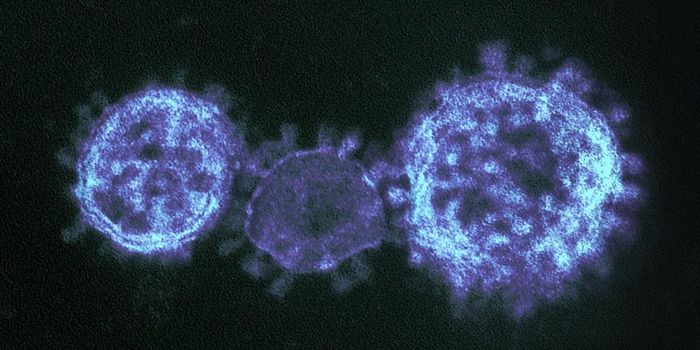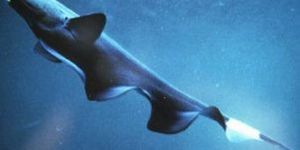Look Out
 The "Plastisphere" may sound to you like a gigantic new children's playground, or perhaps the setting of an apocalyptic science fiction movie, but it really refers to a variety of microorganisms that live on plastic debris floating in the ocean.
The "Plastisphere" may sound to you like a gigantic new children's playground, or perhaps the setting of an apocalyptic science fiction movie, but it really refers to a variety of microorganisms that live on plastic debris floating in the ocean.
The Plastisphere was discovered in 2013 by scientists from the Marine Biological Laboratory, the SEA Education Association, and the Woods Hole Oceanographic Institute, all located in Woods Hole, Massachusetts. These scientists presented their recent findings regarding the Plastisphere at the recent Ocean Sciences Meeting, an event sponsored by the American Geophysical Union, The Oceanography Society, and the Association for the Sciences of Limnology and Oceanography.
It's been determined that over 1,000 varieties of microbes live throughout the plastic debris, with varying functions. Some of these microbes are known to be harmful, with many of these in the same genus as the cholera bacteria. Meanwhile, other microbes appear to be assisting the breakdown of the plastic. Whatever their function, they appear to thrive in this environment-there is some evidence that the microbes can take only minutes to form colonies on plastic.
A puzzling aspect of these microbes is that they are significantly different from typical marine microbes. If that's the case, the scientists wondered, how did they get there? Is there a transport mechanism related to aquatic life such as fish or seabirds?
Another question to consider is: what is the effect on the surrounding ocean? Considering there are massive areas of plastic marooned in areas with little ocean current, such as the great Pacific garbage patch that is estimated by some to be larger than the state of Texas, it's easy to see this effect could easily be extensive-whether good or bad.
Research on the Plastisphere continues in several different areas. One deals with the colonization mechanism and how these colonies of microbes interact with other marine life. It's been theorized that some marine life may be ingesting the plastic and providing nutrients and an improved environment for microbe growth as the plastic passes through digestive systems.
Another branch of research is focused on the interactions of the microbes with the plastic. By understanding the preferences of different types of microbes to different types of plastic and studying degradation rates and processes, the researchers may be able to make a wide variety of useful discoveries-from a means of controlling the more dangerous microbes to methods of using the microbes to accelerate breakdown of various plastics.
Theoretically, these studies can help material scientists to design better variations of plastics that are more readily broken down in the aquatic environment. Researchers could also take the opposite approach and try to find useful variations of microbes that efficiently break down marine plastic to see if they can be put to use on land, or modified to be even more efficient.
Hopefully, the work of these scientists can provide a greater understanding of this microbial world, and find ways to reduce the amount of plastic in the ocean and the dangerous organisms that thrive on it. Otherwise, the Plastisphere may end up being more like the apocalyptic science fiction movie than the children's playground.








